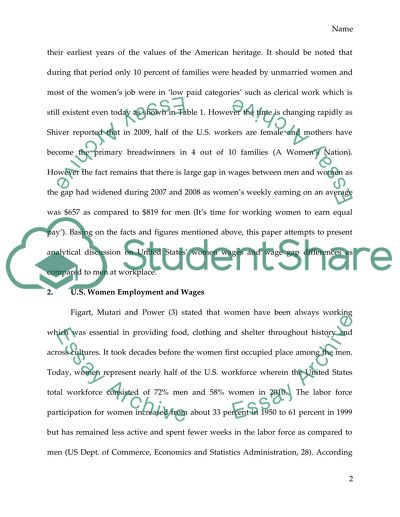Cite this document
(“United States women's wages and the wage gap as compared to their male Essay”, n.d.)
Retrieved from https://studentshare.org/gender-sexual-studies/1415301-united-states-women-s-wages-and-the-wage-gap-as
Retrieved from https://studentshare.org/gender-sexual-studies/1415301-united-states-women-s-wages-and-the-wage-gap-as
(United States women'S Wages and the Wage Gap As Compared to Their Male Essay)
https://studentshare.org/gender-sexual-studies/1415301-united-states-women-s-wages-and-the-wage-gap-as.
https://studentshare.org/gender-sexual-studies/1415301-united-states-women-s-wages-and-the-wage-gap-as.
“United States women'S Wages and the Wage Gap As Compared to Their Male Essay”, n.d. https://studentshare.org/gender-sexual-studies/1415301-united-states-women-s-wages-and-the-wage-gap-as.


